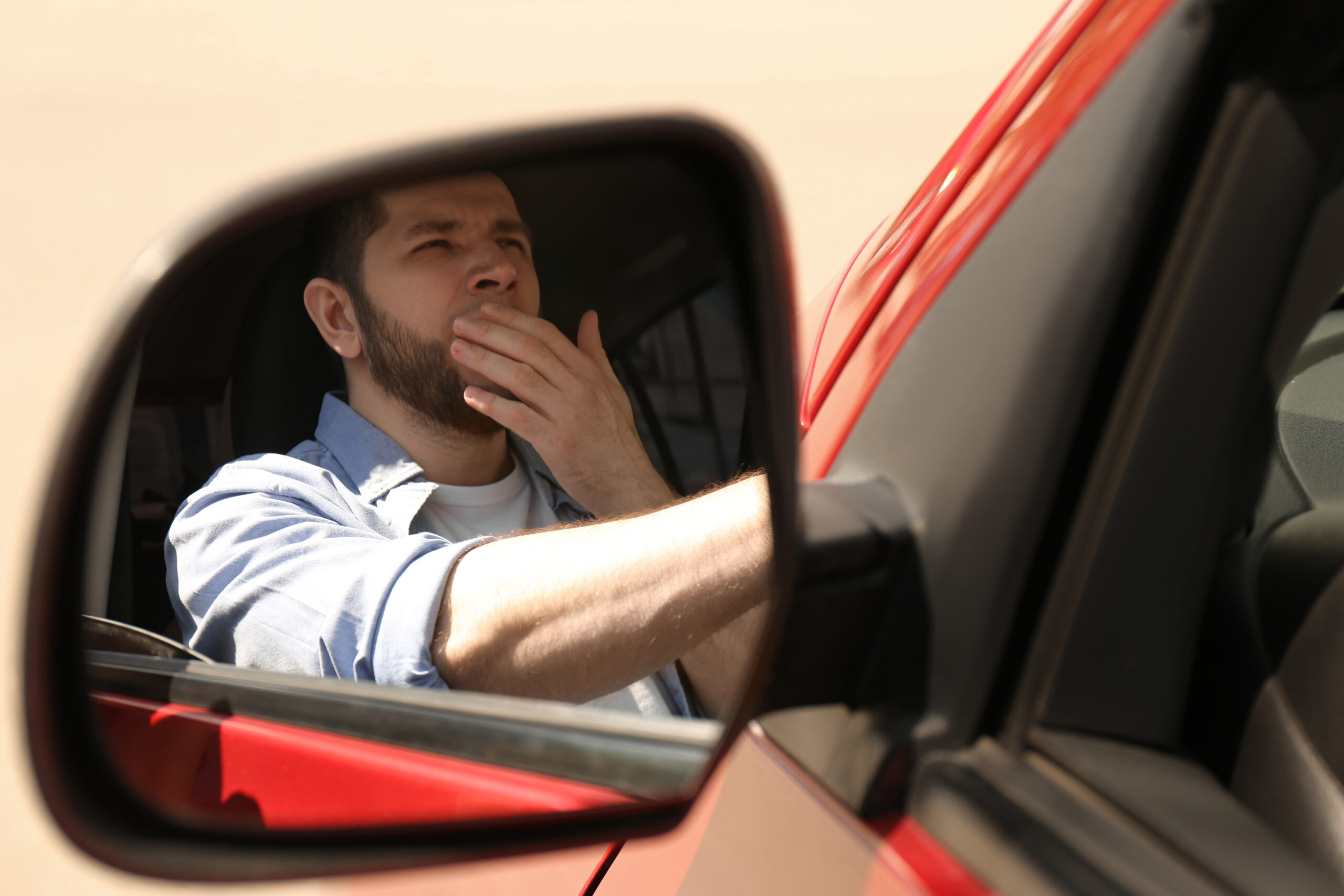
Distracted Driving Education Resources
Take a look at the various topics in a distracted driving education course. Students and young drivers can benefit from a distracted driving education program that incorporates hands-on learning about

Driving requires constant attention, quick reflexes, and the ability to make immediate decisions. However, when fatigue or drowsiness sets in, the ability to meet these demands diminishes significantly. Drowsy driving is a widespread issue that affects countless drivers, posing a serious risk not only to themselves but also to other people on the road. It’s an often underreported factor in accidents, contributing to a substantial number of road incidents annually. Understanding how drowsy or fatigued driving impairs driving skills and its potential dangers is crucial for promoting safer driving practices.
But how does fatigue affect driving skills? There are a few negative impacts of fatigued driving, all of which can be harmful and cause motor vehicle crashes. Let’s look at how fatigue impacts driving skills and the ways you can teach how to recognize the symptoms in a controlled environment.
One of the most critical aspects of safe driving is the ability to react swiftly to sudden changes in road conditions or unexpected hazards on the road. Fatigue significantly slows down a driver’s reaction time, making it harder to respond quickly to stop signs, traffic signals, other vehicles, or pedestrians. This delay can be the difference between a close call and a catastrophic accident.
Alertness and continuous monitoring of the road environment are essential for safe driving. Drowsy drivers struggle to focus on the road, becoming more easily distracted. This lack of attention can lead to missing important signs, exits, or failing to notice the actions of other drivers in time to adjust safely.
Fatigue affects cognitive abilities, leading to poorer judgment and decision-making. Drowsy drivers are more likely to make risky choices, such as misjudging distances, speed, or the movement of other vehicles, increasing the likelihood of accidents. In fact, in one study, driving after no sleep for 20 hours had similar results to having a 0.08% blood alcohol content, which is over the legal limit.
Awareness of one’s surroundings on the road is vital. Fatigued drivers often experience tunnel vision or may not adequately check their mirrors and blind spots. This limited awareness can prevent them from seeing other vehicles, pedestrians, or obstacles in time to avoid them.
Drowsiness can lead to micro-sleeps, which are brief lapses in consciousness that can last from a fraction of a second to several seconds. During these moments, a driver has essentially no control over the vehicle, which can drift out of the lane, off the road, or into oncoming traffic. Fatigued driving can account for roughly 21% of fatal car accidents each year, which is a staggering number.
Identifying fatigue symptoms can help drivers act before it’s too late. Common signs include frequent yawning, heavy eyelids, drifting from lanes, missing exits, and difficulty remembering the last few miles driven. If any of these signs are present, it’s crucial to pull over to a safe location and rest or switch drivers if possible.
Talking about the dangers of fatigued or drowsy driving and asking, “how does fatigue affect driving skills?” isn’t always enough. In order to drive home how dangerous fatigued driving can be and what the symptoms look like it’s important to have interactive elements, especially when working with students.
The Fatal Vision Drowsy & Distracted goggles are controlled through a Bluetooth-enabled mobile app. When in the Drowsy Mode, the lenses of the goggles progressively black out, starting with short half-second closures and escalating to a 10-second blackout. This feature is used to simulate the effect of momentary micro-sleeps that eventually lead to complete shutdown. Many participants compare this experience to “heavy eyes” or the instance where a driver struggles to stay awake behind the wheel.
Having this hands-on, interactive experience can help educators show the dangers of drowsy driving and why it’s so important to not drive while fatigued. If you want to make an even bigger impact, consider pairing the Fatal Vision Drowsy and Distracted goggles with the Roadster Pedal Cart or the SIDNE vehicle.
Drowsy driving is a serious issue that compromises the safety of all road users. Its impact on driving skills underscores the need for drivers to ensure they are well-rested before getting behind the wheel. When you are thinking, “how does fatigue affect driving skills in my students,” understand that by learning through a hands-on experience, they’re gaining the knowledge of how to reduce drowsy and distracted driving. To learn more about drowsy and distracted driving prevention products, request a quote from the Fatal Vision team today.
Innocorp is the pioneering developer of Fatal Vision® Goggles and other experiential learning tools designed to educate on the dangers of impairment and promote risk prevention. Innocorp provides impactful, hands-on resources used globally by law enforcement, educators, and safety professionals to demonstrate the consequences of substance use, risky driving, and other dangerous behaviors.
We’d love to online chat! We are available Monday-Friday from 8am-5pm (CST):
Or schedule a time for a consultation:

Take a look at the various topics in a distracted driving education course. Students and young drivers can benefit from a distracted driving education program that incorporates hands-on learning about

Here are a few types of distractions while driving, along with hands-on learning opportunities to help drivers understand these distractions. Driving while distracted is dangerous for anyone behind the

Teaching new drivers the dangers of distracted driving can help them understand why focusing on the road is so important. Teaching young or new drivers about the dangers of distracted